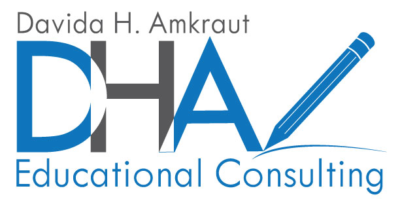As if the college application and admissions process is not daunting enough, there is a new trend in what college counselors around the nation are calling “alternative admission decisions.” Instead of following the traditional trajectory of a college pathway which typically begins the fall semester of freshman year, colleges and universities across the country are offering a select group of students a different path. Some schools are offering a spring semester admission while others are offering a guarantee transfer for sophomore year all contingent on maintaining a certain GPA . We see schools that are offering admission to a satellite campus freshman year with a guarantee of a transfer to the main campus should certain requirements be met and other schools offer a guarantee admission for sophomore year with a minimum GPA from a local college or a community college. To further complicate this scenario there are even a few schools like University of Chicago who offered a select group of students the opportunity to attend off the waitlist for the following year on the condition that they do not matriculate anywhere in the meantime, whereas Cornell makes attending a four year program mandatory if the student would like to be considered for an alternative pathway. College and university sponsored travel abroad programs and gap years are also becoming more popular. Princeton offers a gap year for deferred students to join and then be considered for freshman admission. Northeastern University offers a study abroad program for the fall semester with a spring admissions decision and Colorado College offers a fall semester in Costa Rica for those students who were accepted for the spring semester. The list of alternative decisions is long and varied. But why so many options? Why are alternative pathways becoming the new trend and what does it mean for the students?
The answer is pretty clear. Colleges and universities across the nation are in fact businesses and they are making calculated, data-driven business decisions when compiling a class. They are concerned about the rankings (the ones that make me and other counselors cringe) and they want to be sure that they will have a healthy yield without over-enrolling. But I believe that this trend is just a foretaste of what is to come. The four-year college experience as the standard model for higher education as we once knew it is changing. The next generation of students will most likely see opportunities to attend more than one school, live on multiple campuses, get jobs before they even matriculate, travel to exotic countries and engage in some meaningful service projects over a longer time-span that the traditional four-year degree. While I may not agree with the motivations behind these alternative decisions, I am confident that these options all represent opportunities for growth so that when a student does arrive on campus, she will be mature and ready to take on the academic rigor of university study and be an important member of the community with a foundation for lifelong learning that will be critical for long-term success.
